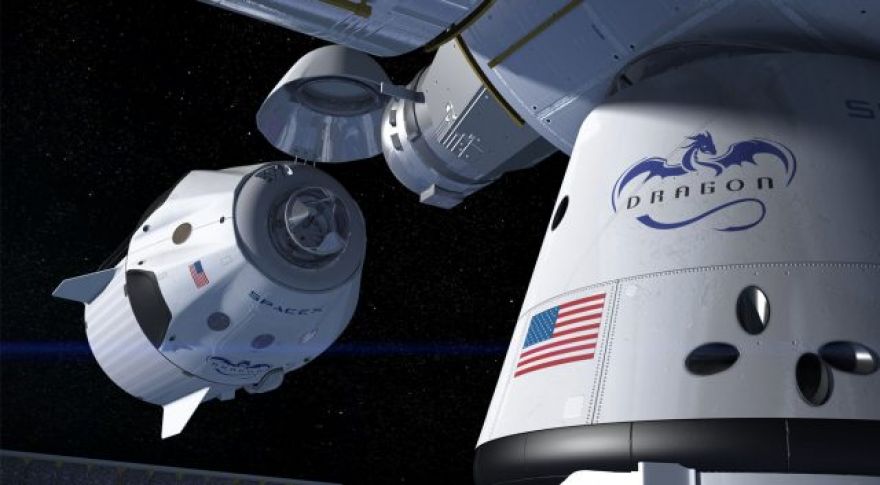
NASA orders second manned ISS mission from SpaceX
SpaceX is going to fly humans to the International Space Station — twice. NASA has confirmed that it is to the space station from the private space firm headed by Elon Musk. This brings to four the total number of planned launches carrying astronauts to the ISS under the (CCtCap) program.
It’s easy to forget with all the hype over SpaceX and its , but the long-time government contractor Boeing actually got the lion’s share of funding under the CCtCap thus far. It has already secured two manned launches to the ISS. Now with the new order, SpaceX is on equal footing.
The US has been paying Russia’s space agency for manned flights to the ISS since the Space Shuttle program was ended in 2011. The is a whopping $81 million, so returning to a homegrown manned launch program is highly desirable. SpaceX will launch a revamped version of its Dragon 2 capsule. It will seat up to seven and has an that can blast the capsule free from the Falcon 9 rocket in the event of a failure like the one SpaceX experienced last year.
Since the ISS is in low-Earth orbit, SpaceX will presumably try to land the first stage Falcon 9 rocket after the Dragon 2 has been released. A standard Dragon 2 mission to the ISS will carry four crew members and as much as 220 pounds of pressurized cargo. The Dragon capsule will remain docked at the ISS for 210 days, during which time it will be available as an emergency life raft in the event the station is threatened.
SpaceX is currently building four Dragon 2 manned capsules at its Hawthorne, California headquarters. Two will be used for final qualification testing and two will be flown for flight testing next year.
Boeing doesn’t have a reusable launch system, but its is also in production. The dates of the contracted missions have yet to be decided upon, but a 2018 launch seems plausible. With easier access to space from US soil (and at a much reduced cost compared with the Soyuz), NASA expects to add a seventh permanent crew member to the ISS. That will increase the amount of research that gets done on the station.